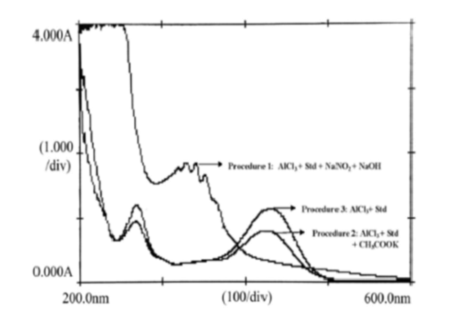


Indian Journal of Science and Technology
Year: 2022, Volume: 15, Issue: 18, Pages: 857-868
Original Article
B Aparna1, B P Hema2*
1Research scholar, Dept. of Biotechnology, Sri Jayachamarajendra College of Engineering, JSS TI Campus, Mysuru, 570006, Karnataka, India
2Guide, (Ph.D), Dept. of Biotechnology, Sri Jayachamarajendra College of Engineering, JSS TI Campus, Mysuru, 570006, Karnataka, India
*Corresponding Author
Email: [email protected]|
Received Date:22 February 2021, Accepted Date:05 April 2021, Published Date:25 May 2022
Background : The objective of the study includes a preliminary phytochemical screening of selected plant seeds of Apiaceae for flavonoid content and developing a suitable method of quantification by a UV-Visible spectrophotometer and validation of the same. Methods: Selected dry seeds of Apiaceae were extracted using 70% ethanol at 60◦C for 1h in the shaker. Procedures of different chemical compositions were designed to evaluate flavonoid-Aluminium chloride complexation reaction to determine the best suitable method for the quantification of total flavonoid content by UV-Visible spectrophotometer. The antioxidant activity was investigated by the phosphomolybdenum method and DPPH radical scavenging method. The developed method was validated by considering the parameters such as linearity, accuracy, precision, and limit of detection and quantification. Findings: The concentration of flavonoid varied from 246 mg QE/g - 2856 mg QE/g among the selected dry seeds of Apiaceae and showed promising antioxidant activities with IC50 values varying between 9.64- 249.75 mg/ml. Evaluation study on different aluminum chloride complexation reactions involved in the flavonoid quantification analysis revealed that procedure 3 developed by the researcher was the accurate and suitable method. The developed method was showed to be the simple and rapid method compared to previously published methods. The developed method showed to be linear (R2 = 0.999), precise (R.S.D. < 2%), accurate (recovery of 103.03%), and inexpensive. Novelty: The extracts were shown to contain a significant amount of flavonoid and displayed promising antioxidant activity and can therefore be a potential source of flavonoid and natural antioxidant agents. This article data could serve as a reference against the improper use of AlCl3 chelation methods for the quantification of flavonoids in food and plant samples.
Keywords: Apiaceae; Quercetin; Total Flavonoid Content; Antioxidant Activity; Flavonoid and Aluminium chloride Complex; UV-Visible spectrophotometer
© 2022 Aparna & Hema. This is an open-access article distributed under the terms of the Creative Commons Attribution License, which permits unrestricted use, distribution, and reproduction in any medium, provided the original author and source are credited.
Published By Indian Society for Education and Environment (iSee)
Subscribe now for latest articles and news.